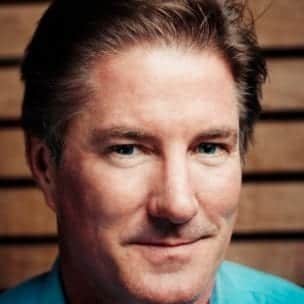Table of Contents
Are educators getting the most bang for their PD buck?
By Jim Reams
edCircuit Breakdown
Steve Dembo, a consultant and expert on PD, says that PD needs to be exciting and interactive, and that means it needs to break away from sitting in chairs in neatly aligned rows and listening to a lecture. He believes in interactivity to make PD fun. “There is something very powerful about motion and the impact that it has on the brain,” he said. “When you’re having a conversation while you’re up and moving around, it changes the dynamic.”
The University of North Carolina recently did a review of how they are preparing educators to teach in the real world, especially when it comes to teaching kids to read. “We’re not doing as good a job as we can to prepare our teachers to be effective teachers of young children when it comes to literacy,” UNC President Margaret Spellings said. “When we do that better, we’ll see improvement in scores.”
One district turned to making PD about STEAM fun, having teachers use Lego building blocks to create renditions of their favorite fruits. The idea is to get them to bridge the gap between the two sides of the brain. “Teachers are engineers,” Sonia Roy, a librarian at Coyote Canyon Elementary School, who led a session called “Easy Peasy STEAM in the Primary Classroom,” said. “Finding ways to solve problems every day. You develop plans to teach the standards and test to see if your approach worked.”
edCircuit Analysis
Professional development (PD) is an ever-changing and never-ending journey for educators. Especially these days, with all the new technology introduced in the classroom, educators need to keep up with best practices of all the offerings.
 But it is not just EdTech that PD addresses, but all types of teaching techniques and theories that are meant to improve teacher effectiveness and student outcomes.
But it is not just EdTech that PD addresses, but all types of teaching techniques and theories that are meant to improve teacher effectiveness and student outcomes.
Drew Perkins is an example of a PD professional who is taking a new approach to professional learning. He is a self-described “thought stretcher” in education PD. He takes the approach of getting educators and administrators to ask questions about teaching and how they can improve. It’s an effective approach that has produced positive results.
Administrators and educators should always be considering new, innovative ways to grow as educators and practitioners. Or, as Drew would say, stretch their thoughts around new methods of professional development.
Author
 Jim Reams is a marketing, communications and strategy consultant with over 25 years experience in both in-house and agency settings. He has specialized in EdTech and the education industry since 2009. He has a BA degree from the University of North Texas.
Jim Reams is a marketing, communications and strategy consultant with over 25 years experience in both in-house and agency settings. He has specialized in EdTech and the education industry since 2009. He has a BA degree from the University of North Texas.


